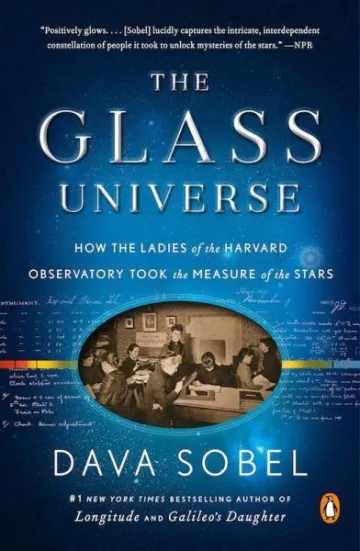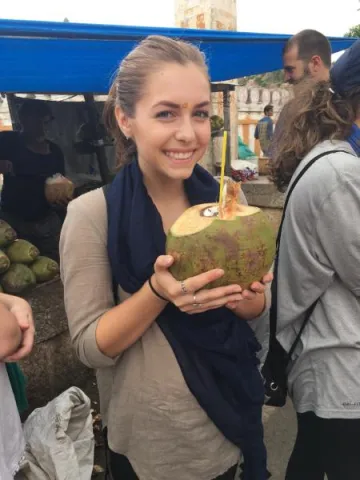Another Wavelength: Madison Jean

This month in Another Wavelength, we chat with undergraduate student Madison Jean, who is pursuing her B.S. in Optical Sciences and Engineering and minors in Math and Astronomy.
Where are you from?
I grew up in Phoenix and went to high school in Chandler.
What brought you to study optics?
During a photography class I took in high school, I found that making pinhole cameras and taking apart film cameras and their lenses was much more interesting than actually taking pictures. I would also say the composition of my photos wasn't all that great either. I’m no artist! The science of photography, that’s what was most interesting to me.

Who is your hero in science?
The ladies of the Harvard College Observatory during the 1920’s or so… Henrietta Leavitt, Annie Jump Cannon, Williamina Fleming. I’ve been reading The Glass Universe by Dava Sobel which is all about these women and their impressive, diligent and revolutionary work in astronomy. Their work has really shaped the understanding of the spectral categorization of stars and stellar types we have today.
Describe your research in 20 words or fewer.
The projects I’ve been working on over the past couple years are all geared towards the development and advancements of different Adaptive Optics components.
Describe your research in 200 words or fewer.

A typical Adaptive Optics (AO) system consists of a light source, a deformable mirror, a wavefront sensor and a camera. During my time working in Dr. Michael Hart’s AO lab, being an undergraduate, I’ve worked on various projects regarding different parts those components mentioned. For example, one of the projects I’ve worked on was a chromatic characterization of multi-order diffractive lenslet arrays. An array of lenslets is at the heart of a Shack-Hartmann wavefront sensor and makes it possible to gather information about a wavefront. The lenslets I characterized are not often used in Shack-Hartmann wavefront sensors but were intriguing as they are photolithographically printed and could be manufactured much faster than typical lenslet arrays. Further, their diffractive properties and Fresnel zones made them nearly achromatic and more efficient than refractive lenses. Currently, I’m assisting Lauren Schatz and the MagAO-X team, specifically with the testing of a pyramid wavefront sensor, while also working on some data analysis methods for data gathered with an instrument developed in the Hart AO lab.
Name three neat facts about you.
1. I studied abroad in Mysore, India for five weeks during the summer of 2016. Attached is a picture of me enjoying fresh coconut water after a hike up to a Jain temple in Shravanabelgola, Karnataka, India.
2. I’ve run the Tough Mudder, a 10-mile obstacle course race, twice.
3. I didn’t get my first pair of glasses until sophomore year of college.
